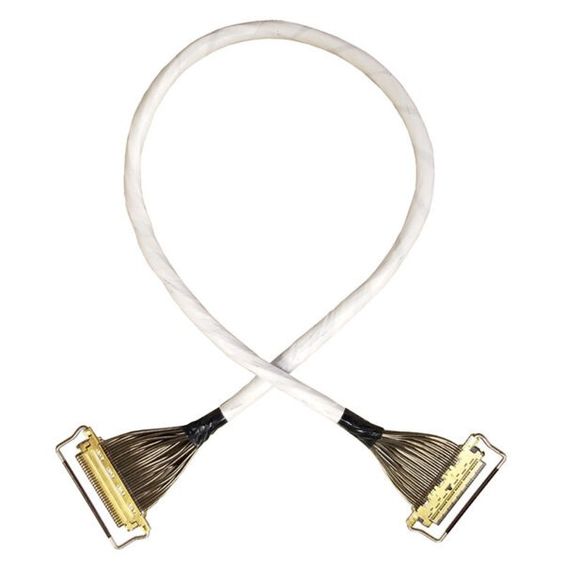Micro coax cable assemblies are widely used in military applications due to their small size, high performance, and ability to maintain signal integrity in challenging environments. Here are some specific areas where micro coax cable assemblies are crucial in military systems:
1. Communication Systems
- Radios and Communication Equipment: Micro coax cables are often used in portable communication systems, such as radios and satellite communication equipment. They enable high-frequency signals to be transmitted with minimal loss, which is critical for long-range, reliable communication in military operations.
- Data Transmission: In military communication systems, high-speed data transmission with minimal interference is essential. Micro coaxial cables are used for secure communication lines in tactical and strategic communication devices, ensuring data integrity in real-time operations.
2. Radar Systems
- Micro coax cable assemblies are key in radar and electronic warfare (EW) systems, where they are used to connect antennas to radar receivers or transmitters. Their small size and ability to handle high-frequency signals make them perfect for the compact, space-constrained environments found in radar equipment.
- Signal Integrity: In radar systems, maintaining signal integrity is critical for accurate detection and target tracking. Micro coax cables, with their shielding properties and low attenuation, are used to minimize signal loss and preserve high-quality radar returns.
3. Aerospace and Avionics
- Aircraft Electronics: In military aircraft, micro coax cables are used in avionics systems to transmit high-frequency signals for radar, GPS, flight control systems, and other critical subsystems. The small, lightweight design of these cables helps save space and reduce weight, both of which are essential in aerospace applications.
- High Reliability: Military aircraft and spacecraft require components that can withstand harsh conditions, including high altitudes, extreme temperatures, and vibrations. Micro coax cables used in these systems are typically designed with materials such as Teflon insulation to ensure durability and signal integrity.
4. Sensors and Surveillance Equipment
- Infrared (IR) and Electro-Optical Sensors: Micro coax cables are commonly used in military sensor systems, such as infrared and electro-optical devices, which are vital for surveillance, reconnaissance, and targeting. These sensors often operate in high-frequency ranges, where maintaining a clear, noise-free signal is critical.
- Surveillance Drones: In unmanned aerial vehicles (UAVs), or drones, micro coaxial cables are used to connect cameras and sensors to the central data processing unit. These cables enable real-time transmission of high-resolution video feeds, which is crucial for intelligence gathering and targeting.
5. Military Vehicles and Ground Systems
- Armored Vehicle Communication: Micro coax cable assemblies are used in military vehicles for communication and control systems. These cables connect various electronic components, such as sensors, radios, and GPS devices, enabling real-time data exchange and communication in battlefield environments.
- Signal Jamming and Countermeasures: In electronic warfare, micro coax cables are used in systems designed for signal jamming and countermeasures. The ability to operate at high frequencies and handle high power levels makes these assemblies ideal for disrupting enemy communications and radar systems.
6. Tactical Systems and Portable Equipment
- Portable Radios and Field Equipment: Micro coax cables are used in field communication systems such as tactical radios, satellite phones, and portable communication equipment. These systems require lightweight, flexible cables that can operate in rugged, harsh environments while maintaining signal quality.
- Military Medical Devices: Micro coax cables are also used in military medical equipment such as portable diagnostic tools, medical imaging systems, and monitoring devices. These applications demand reliable signal transmission with minimal interference, and micro coax cables offer the necessary performance.
7. Underwater and Submarine Applications
- Military submarines and underwater vehicles rely on specialized cables for sonar systems, communication, and navigation. Micro coaxial cables are often used in these applications because they are small, flexible, and capable of maintaining signal integrity under water.
8. Electromagnetic Compatibility (EMC)
- Shielding and Interference Resistance: Military systems must often operate in environments with high electromagnetic interference (EMI). Micro coax cables, with their effective shielding, ensure that sensitive systems remain operational even in environments with significant external interference, such as close proximity to other military electronics or radio frequencies.
Please follow and like us:


Comments are closed